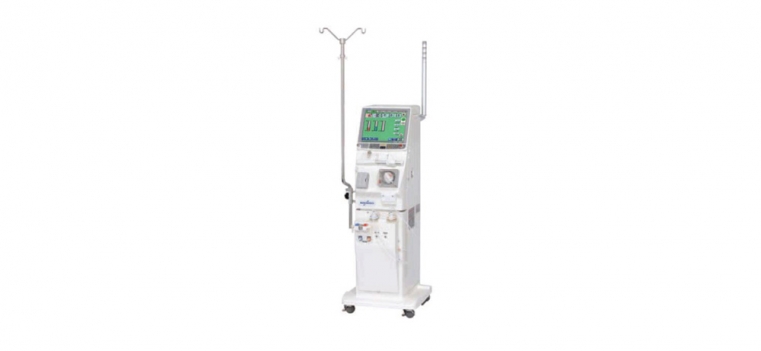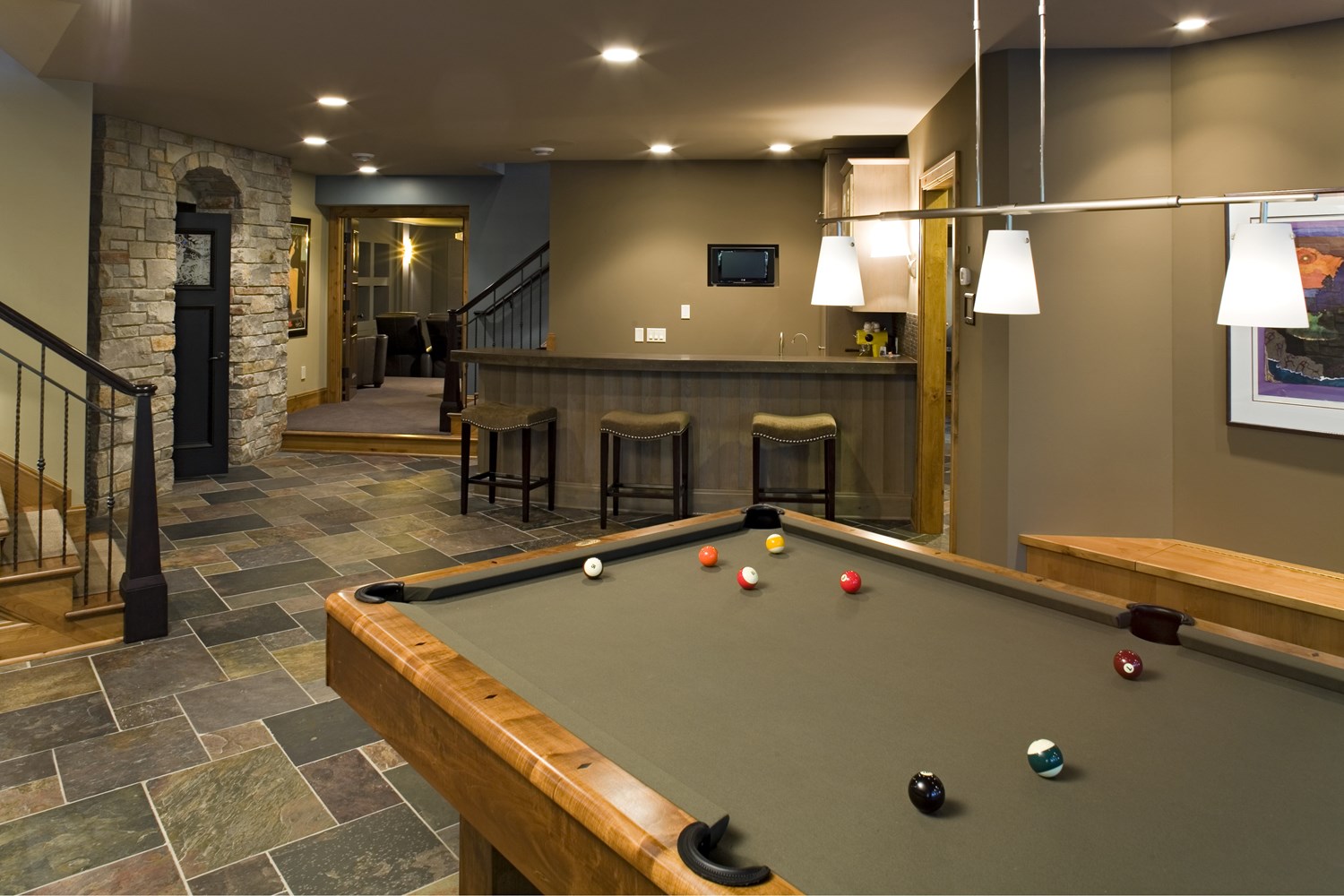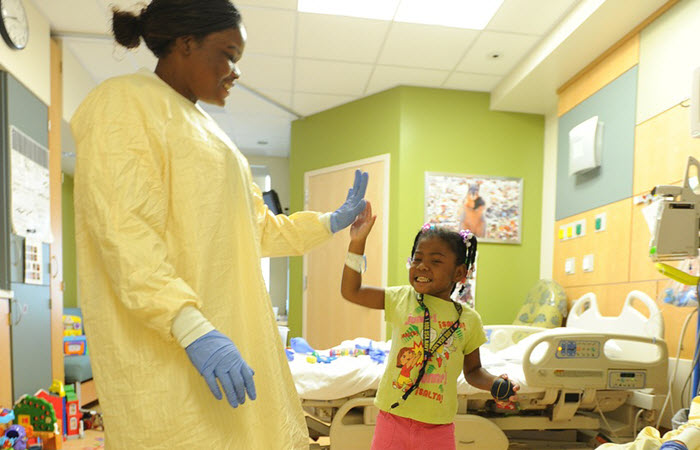Table of Content
The Kidney Care Quality Alliance aims to establish better quality metrics, including an ultrafiltration rate rate of less than 13mL/kg/hour . Thanks to a pilot project in rural Canada, a First Nation man on dialysis does not have to quit his job and move 600 kilometers away to receive dialysis. US Renal Care will offer home dialysis through a new clinic that will open soon in Guam. A published case report of a 65 year old man with Alport’s who has spent 35 years doing conventional home HD—while working—proves that there’s no place like home for dialysis.

In the 6 months since purchasing NxStage, Fresenius says that home dialysis growth is 8 times the rate of in-center HD, with more than 25,000 home dialysis patients. In a reversal of a decades-long trend, the ten largest U.S. dialysis providers started 35% of incident patients on a home option—PD or home HD—in 2018 to 2019. This result is 15% higher than the prior year, and almost triple the rate from 2016 to 2017. Telemedicine has soared in popularity during the pandemic, finds a Deloitte Consulting consumer survey, with virtual doctor visits nearly doubling. And, during a global pandemic, the safer dialysis option is home—an option supported by the priorities of the Advancing American Kidney Health Initiative.
Medical
Five-year survival rates are better when people were doing PD prior to transplant, vs. standard in-center HD, suggests a meta-analysis by Dr. Micah Chan at the University of WI—Madison. Analysis of the six studies found an 11% drop in mortality after transplant when PD was used, and less risk of delayed transplant graft function. Dallas TX Fire and Rescue’s mobile integrated health care service saves lives. A proactive home visit from a paramedic helped a 64 year old woman who’d had multiple ER visits, but refused to start dialysis because her nephrologist did not explain it to her. The paramedic did his homework, educated her, and she is now successfully using PD.
After Fallon Bell’s kidneys failed at 19, she finished a business degree, got a transplant. Even though her kidney failed, felt compelled to give back to her fellow warriors by going back to school and becoming a dialysis nurse. By the time her second transplant came through, she was ready to become a DaVita teammate.
Article Information
“There is more waste removal from the blood, so patients’ blood is cleaner and they feel better,” said Dr. Masim Mastouri, co-medical director of Lima Memorial’s Nephrology Unit. “They have less cramps and better control over their blood pressure.” Hmm. While it notes that policies requiring a home HD care partner may inhibit use of this option, it does not provide guidance to address the problem, such as Medicare payment for a home aide or relaxing FDA requirements for a care partner. Shawn Kroft finds that helping her patients transition to home dialysis and improve their quality of life improves hers as well. Emergency dialysis start lead to worse outcomes than planned starts, and giving people education really does help them to choose a modality—including home dialysis.
Patients in rural Vietnam no longer have to travel several times a day for life-saving dialysis. Local centers have been set up to teach patients to do PD at home, with excellent results and no infections so far. With their NKF “Dialysis at Home” initiative, Malaysia intends to ease the burden on both patients and their dialysis organization. Sending patients home to do PD while sleeping allows patients to enjoy greater quality of life and be able to return to work.
Related Articles
Home dialysis patients in parts of Canada will soon receive up to $650/year to help pay increased water bills due to home HD. Reliant Renal Care is committed to providing quality home dialysis—even when home is a Skilled Nursing Facility. Residents get short daily HD five times a week, and don’t have to take transport to a dialysis center. A new pre-dialysis program in the Netherlands called GUIDE increases the number of patients who choose and receive home dialysis. A Fresenius clinic in Grafton WV is pleased to offer PD as well as both daytime and nocturnal home HD, so patients can treat themselves in the comfort of their own homes.
These include remote care management for home dialyzors, so they don’t have to travel long distances for doctor visits. The Fresenius elearning site now offers a simple, user-friendly online course about types of home HD, prescriptions, technical needs, training, and more. Higher PD profit margins and lack of adequate HHD training reimbursement are some of the reasons PD is leading the way among home therapies, finds researcher Dr. Eric D. Weinhandl.
Filling an existing empty HD chair will result in greater financial benefits than treating a patient with PD, providing an incentive to initiate and maintain patients on HD. Additionally, facilities with PD programs are at higher risk for quality incentive program penalties. Christina Thomas has MS and kidney failure, and dialyzes in her home four days a week.
Ever in the lead for home therapies, Satellite has signed a 3-year agreement to use the NxStage Nx2me iPad-based platform to help better link patients and clinicians and allow wireless transmission of flowsheet data. After CMS began bundled payments in January 2011, the number of patients starting dialysis at home—especially with PD—has trended upward. So, for 4 years, Sheena King was forced to live hours from her home to receive her treatments. Dialysis patients in one Nashville, TN public housing complex no longer have to take public transportation to get to their clinics. Some of their neighbors have graduated the first training class to become in-home dialysis technicians.
Both researchers and clinicians will find sessions of interest to them. Extensive commercial exhibits give participants a chance to see for themselves what is new in PD and HD products and services. Transfers to hemodialysis among US patients initiating renal replacement therapy with peritoneal dialysis. The Home Dialysis Conference brought together health care professionals, carers and patients from Australia, New Zealand and the Pacific who focussed on building and developing home based dialysis therapies. Eight hour treatments three times a week at night don’t intrude on the work schedule and allow people to feel better. Among 121,623 patients starting dialysis, those who began with PD had a 25% lower chance of developing dementia than those who started with HD—even after adjusting for age, gender, and other factors.
From identifying CKD patients in the ER and emergent start PD to policies that prioritize home and coordination of services, a shift is happening, and patients will be the beneficiaries of it. The £1.1M UK Inter-CEPt study will focus on determining why home therapies are not being optimally used across clinics or by minority or disadvantaged patients, and how to increase uptake, using a 5-stage approach. DaVita Kidney Care is expanding use of the Baxter HomeChoice Claria APD system to its home dialysis program. Baxter’s ShareSource supports remote patient monitoring, supporting two-way digital communication between patients and their care teams. A major shift to home dialysis is recommended by the authors of a new study that found fewer positive tests—and lower COVID-19 hospitalization rates—in home dialysis patients than in-center ones.
Prevention and early detection are central to Intermountain Healthcare, which aims to increase access to treatment, even before dialysis is needed, and “doing the right amount at the right time” for each patient. Lorien Healthcare, a family-owned and operating assisted living, residential services, and nursing home company with nine facilities has now added dialysis to reduce residents’ stress and improve their quality of life. The multinational Peridialysis study of 1,071 patients who were suitable for home treatments found that following education and shared decision-making, 65.4 of patients would choose some form of home dialysis. Analysis of USRDS data for 830,402 adults who started treatment for kidney failure between 2011 and 2018 revealed racial disparities in home dialysis and transplant by age. Expanding kidney failure education to these individuals, particularly if they will qualify for Medicare at the time of PD initiation, is an attractive policy albeit one with legislative barriers.


















